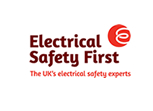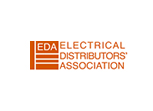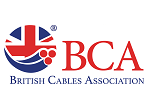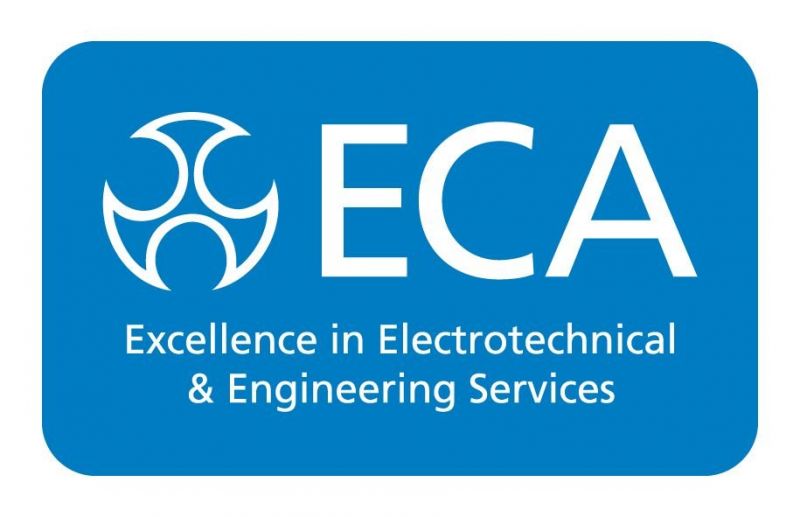Can We Really Accept A Giant Step Back For Fire Safety?
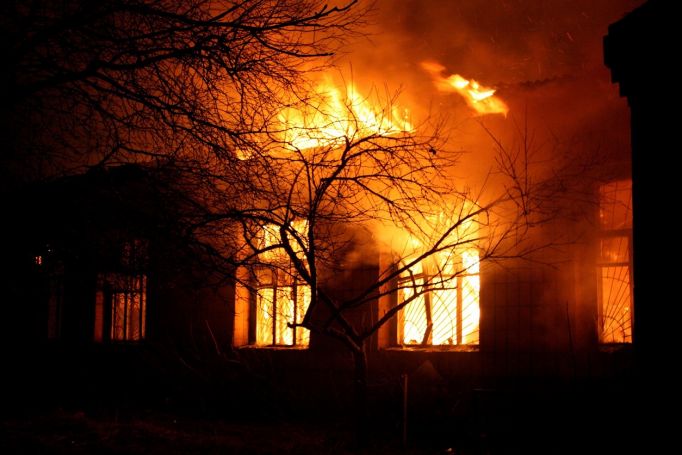
Some of us are old enough to remember the King’s Cross fire of 1987.Thirty-one people died and 100 more were injured.
It sits no more comfortably in our minds now than it did then – and that is why today, more than 30 years on, it is time to take stock of how far we have come, and whether we are in danger of seeing the safety gains achieved de-rail.
A landmark in safety
The King’s Cross fire was the incident that triggered UK cable manufacturers to develop safer fire performance cables for everyday applications. By the late 1980s the UK cable industry was successfully developing cable that reduced fire propagation but, more importantly, limited the levels of smoke and toxic acids released.The benefits could be measured in lives saved.Simple.
Fire Hazard cables, that, when burnt, have the capacity to protect life are the result of many decades of work and today we should expect them to be a given. We should have cables capable of limiting emissions during a fire rather than contributing to the threat from smoke and fumes; yet such cables are being undermined.
This is because enhanced PVC cables are being promoted under a Fire Hazard cables banner.
So whether waiting to catch the tube, visiting family in hospital or laying asleep in their beds the public deserve to expect to be protected.In fact, it has to be taken for granted that every single element of the infrastructure they trust themselves to is designed to keep them safe.
When Low Smoke and Halogen Free (Fume) - isn’t
The misuse of the Low Smoke and Halogen Free (Fume) label means that cables that are simply not as described may, in good faith, be fitted in areas where greater fire protection has been specified.
Smoke and fumes are the biggest killers in any fire.This industry has made great strides to combat their devastating impact. We need to shore up those gains and move forward.The cost of failing to do so now is to fail the King’s Cross victims.
Low Smoke Halogen free cables, which are true fire hazard cables, are categorised by the industry under a variety of terms, including LSOH, LSZF, LSNH and more.The big worry is increasing use of the LSF acronym to describe, not a low smoke Halogen Free cable, but an enhanced PVC cable.
Mistakenly using an LSF PVC cable instead of Low fire hazard cable is serious and in the event of a fire, is potentially deadly. And if that fire event ever occurs – “I didn’t know” - won’t be good enough and will not be acceptable.
Smoke Emission
When PVC insulated cable burns it gives off various chemicals and dense black smoke. The smoke reduces visibility at an alarming rate.In tests when PVC cables are burned, immediate visibility can be reduced by 50% in fewer than 10 minutes, rising to 90% in under half an hour. These stark percentages paint a frightening picture of the narrow timescale available for escape.It should not be squandered.
EN 60134-2 recommends that during testing light transmittance must not fall below 60%. The biggest danger is not the fire itself but the smoke and gas which lead to fatalities and inhibit escape.
Toxic Emissions
Burning PVC produces a number of toxic chemicals, most notably hydrogen chloride (HCl), as much as 30%. Whether in its gaseous, vaporised or liquid state it is highly toxic and corrosive.
Harmful effects include throat irritation, extreme breathing difficulties and severe irritation to the eyes with potential for permanent damage to the corneas.All of these can hinder escape and lead to health problems afterwards.
Fumes can leave people unconscious long before any flame reaches them. At King’s Cross the effects of smoke and fume inhalation was cited as a primary barrier to escape and it led to PVC cables being banned by London Underground.
Low Smoke Halogen Free cables emit no more than 0.5% hydrogen chloride when burned. LSF cables with PVC content don’t match up.
Building regulations record: “The primary danger associated with fire in its early stages is not flame but the smoke and noxious gases it produces. They cause most of the casualties and may also obscure the way to escape routes and exits. Measures designed to provide safe means of escape must therefore provide appropriate arrangements to limit the rapid spread of smoke and fumes.”
The introduction of the Construction Products Regulation (CPR) has meant manufacturers have to declare the level of Reaction to Fire Performance of their cables in a Declaration of Performance (DoP). In order to ensure such cables obtain a Low Smoke Zero Halogen rating a manufacturer should declare a performance level for smoke (s), acid gas (a) and flaming droplets (d). A minimum of s2a2d2 is required to be considered Low Smoke and Halogen Free.
The recent Grenfell tragedy brought home just how fast and comprehensively invasive - and devastating - fire can be.
Using the correct materials should not be in debate, it should be automatic.
With the right materials people are better helped to escape and the fire service is infinitely better helped to tackle the fire and rescue people – additional seconds and minutes save lives.
When Low Fire Hazard cables are required, they must both meet the requirements for smoke and toxic gas emissions.Selecting cables that not only meet the required British Standard and are 3rd party approved by an Independent Approval Company rather than relying on marketing acronyms is beyond important, it is a matter of life and death.
LSF cables are often cheaper than true Low Smoke Halogen Free cables, but at what cost?
Martin Boorman is National Sales Manager with Prysmian, a supporter of the Approved Cables Initiative (ACI). The ACI highlights the dangers associated with substandard cable product to the cable industry and end users.Where substandard or counterfeit cable is found, the ACI informs industry regulators and legislators (HSE, Trading Standards, MHCLG) so that the public as well as industry can be made aware and protected. Further information is available at www.aci.org.uk




